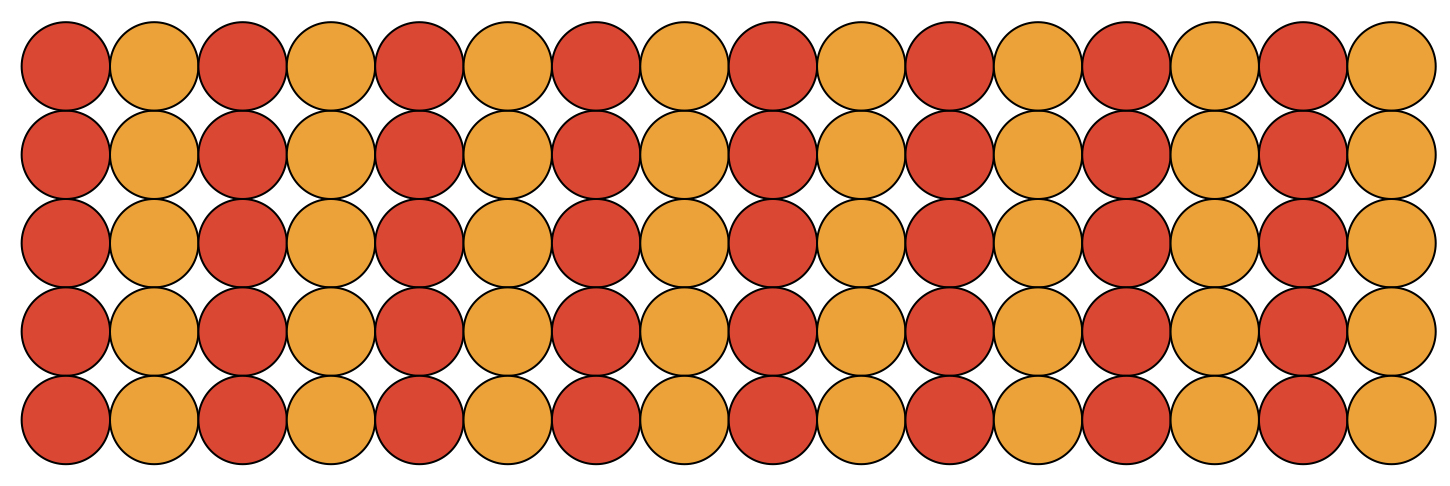
About
Microtubule Catastrophe
Luc Davis, Pratyush Kandimalla, Iris Lee
Abstract
The subject of this research is to consider several methods for modeling the distribution of microtubule catastrophe times and determine both which method is more accurate, and what the parameters give the most accurate distribution for that method.
To this end, we compare data generated using distributions from real gathered data.
In our analysis, we first determine whether the data is more accurately modeled with a gamma distribution or a proposed distribution where two successive arrival events with arrival rates beta 1 and beta 2 are necessary for catastrophe. We computed the MLEs of the data from both of these distributions and compared the results graphically. We also computed the AIC and concluded that the gamma distribution reflected our data more accurately.
We proceeded to model the data with the gamma distribution and compute confidence intervals for our MLE parameters, alpha and beta, in order to analyze our microtubule catastrophe behavior. The beta values were consistent throughout. The confidence intervals for the alpha values were very similar between the 7 uM and 9 uM trials and between the 10 uM and 12 uM trials. The alpha of the 10 uM and 12 uM trials were larger than the 7 uM and 9 uM trials with significant non-overlap between their confidence intervals, but the 14 uM trial had the largest alpha values with little confidence interval overlap with either of them. Thus we concluded that the rates of arrival (beta) remain somewhat consistent across concentrations, but the number of arrivals (alpha) increase with increasing concentrations.
Package
Acknowledgments
Thanks to the Caltech Bi 103 TAs, and Prof. Justin for helping with analysis and conceptual advice. We would also like to thank Melissa Gardener for providing the dataset.